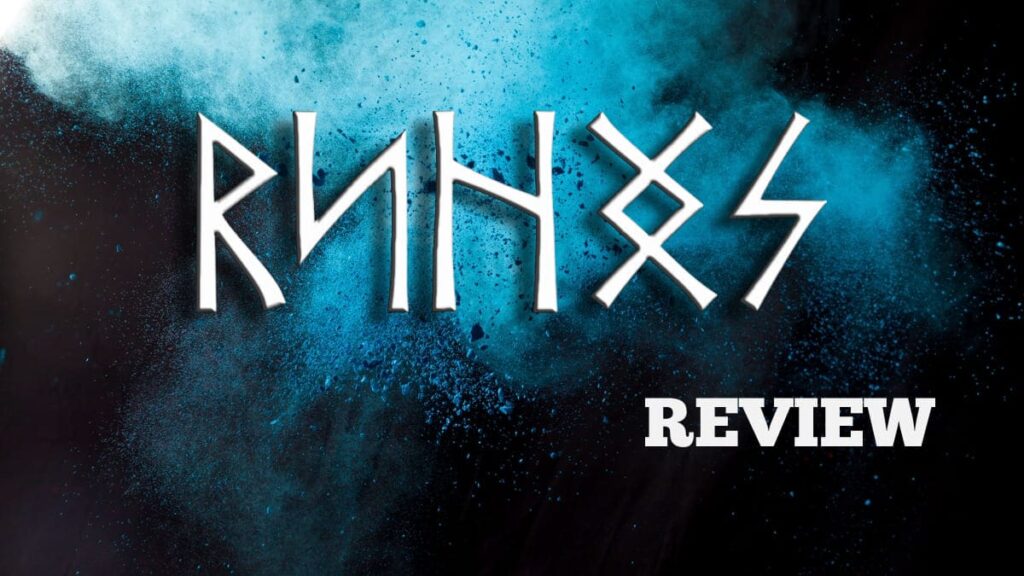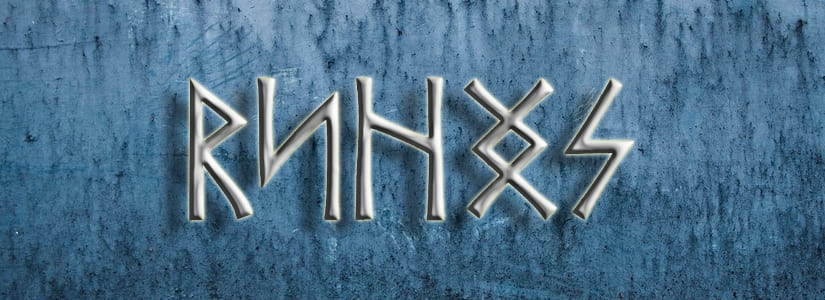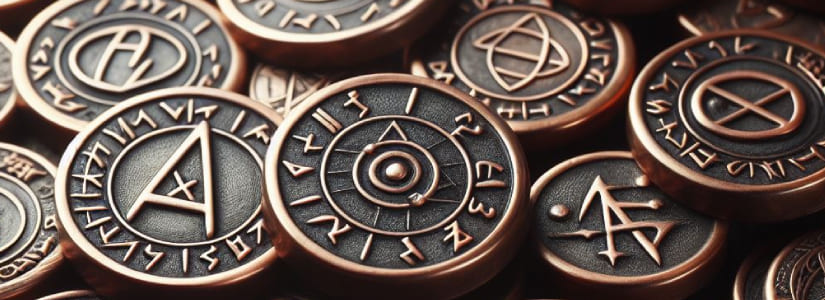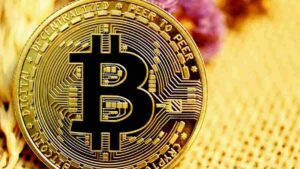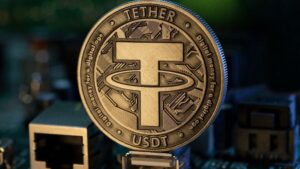While Ethereum has been, since its launch, the blockchain of choice for the creation of new protocols and DeFi projects, recent times have seen a renaissance in the development of the Bitcoin network.
One of the projects that is generating the most excitement in the crypto community is Runes. In this article we will see what it is and why it can become one of the big players in the market in the short term.
What Are Bitcoin Runes
Runes are a new type of digital asset created on the Bitcoin blockchain using an innovative protocol. Think of them as digital tokens that represent value, similar to how physical coins or banknotes represent value in the real world.
What makes Bitcoin Runes different is their underlying technology. They are designed to be more efficient and secure compared to other existing token standards. Unlike some standards that can cause problems such as spamming the Bitcoin network, Runes seeks to avoid these problems by simplifying the token creation process and leveraging key features of the blockchain.
A key feature of Runes is its fungibility, meaning that each token is interchangeable for another token of the same type and value. This fungibility allows Bitcoin Runes to be used in a wide range of applications, including memecoins, which are a popular use case for fungible tokens.
How Runes Work
Bitcoin Runes work by using the Bitcoin transaction process and leveraging two key elements: the Bitcoin UTXO transaction model and the OP_RETURN opcode.
In the Bitcoin network, every transaction requires an input and an output that come in the form of Unspent Transaction Outputs (UTXO). You can think of a UTXO as a bank bill. When you pay for something on the network, you actually send a completed UTXO to that address and receive a new UTXO in return, similar to paying for an item with a $20 bill and receiving a $10 bill as change.
The Bitcoin Runes protocol uses this transaction process to create fungible tokens. A “genesis” UTXO is created that includes the details of the token’s name, token, decimal, and total supply. This information is assigned to a single UTXO. The process of creating a Bitcoin Rune is called “Etching”, and sending transactions creates fractional, fungible pieces of the original UTXO, called Runes.
The OP_RETURN opcode allows users to attach additional information to Bitcoin transactions without affecting the efficiency of the network. With this opcode, users can add up to 80 bytes of data to a non-spendable transaction. This data includes information about the token, such as name, ID, token, command for specific actions and other necessary data. Rune protocol messages stored in the OP_RETURN area of a Bitcoin transaction can also be called Runestone.
Each Rune transaction can specify multiple operations on different Runes. In case of a token transfer, the Runes protocol will split the UTXO into multiple new UTXOs according to the instructions in the OP_RETURN data. Each UTXO represents different amounts of the token, which are then sent to their recipients.
If a Rune transaction fails due to an invalid protocol message, the Runes will be burned to avoid accidental creation of Runes.
How to Mint Bitcoin Runes
As we saw in the previous section, minting Bitcoin Runes involves a process known as Etching, where users specify the details of the token they wish to create, such as the name, token, supply quantity, divisibility, and distribution parameters.
Once a Rune is Etched, it can be minted through open or closed minting. Open minting allows anyone to create new tokens by creating a transaction, while closed minting only allows it under specific conditions, such as a predetermined time period.
It is important to be aware of Bitcoin network lock times and transaction fees when minting Runes. During periods of high network activity, fees may increase, so it is advisable to mint when fees are lower, such as on weekends or late at night. In addition, understanding the minting mechanics of each Rune, such as period and pre-minting allocation, can help you make informed decisions and avoid overpaying for tokens.
Runes Vs Brc-20: What Are The Differences?
Runes and BRC-20 tokens are different protocols for token creation and management on the Bitcoin network, each has its own characteristics and approaches.
Runes stands out for its efficiency and ability to operate within Bitcoin’s base layer (Layer 1), using Bitcoin’s UTXO model. This means that Runes tokens have a minimal footprint on the blockchain, which improves overall efficiency. In addition, Runes burns incorrectly created tokens, which motivates users to manage UTXOs correctly.
On the other hand, BRC-20 tokens are based on the theory of Ordinals and are not native to Bitcoin. This protocol can lead to UTXO proliferation and network congestion. However, BRC-20 tokens are more mature and have wider adoption.
In summary, Runes offers a more efficient and promising alternative in technical terms, especially with its UTXO approach. However, BRC-20 has an advantage in terms of adoption and market value at present. Both protocols have their pros and cons, and their choice will depend on users’ individual needs and preferences.
How To Set Up A Bitcoin Node To Mint Runes
As you probably know, the Bitcoin blockchain works through decentralized nodes that help ensure the security and transparency of transactions taking place on the network.
With the arrival of Runes, users have the opportunity to be part of this new protocol, being administrators of their own decentralized node.
In this case, we will see how to set up a node using Umbrel and start minting Runes.
To set up a Bitcoin node to mint Runes, follow these steps:
- Connect your Umbrel node to your network and access Umbrel from your browser.
- Download the Bitcoin Node app from the Umbrel App Store and let it sync with the Bitcoin blockchain.
- Once Bitcoin Node is synced, download the Ordinals app to interact with the Ordinals protocol.
- Open the Ordinals app and scan the Bitcoin blockchain to identify Ordinals locations.
- Access your Umbrel node via SSH using Terminal on Mac or Command Prompt on Windows.
- Check the Ordinals indexing progress using the
sudo Docker logs DF ordinal_1 -t 100command. - Once the synchronization is complete, access the OD application through Docker using the
sudo Docker exec -it ordinal_1 /bin/shcommand. - Create a wallet with the
OD wallet createcommand and save the recovery phrase in a secure location. - Once the synchronization is complete, get a receive address with the
OD wallet receivecommand. - To check your wallet balance, use the
OD wallet balancecommand. - To mint Runes, use the
OD wallet mint --fee-rate XXX Runecommand, where XXX is the desired rate and Rune is the name of the Rune. - Once you have completed the mint, verify your balance and the transaction using the
OD wallet balanceandOD wallet txcommands.
Remember that the initial sync may take a day or two, and always keep your wallet recovery phrase safe.
Conclusions
Runes is attracting a tremendous amount of attention from the community. Its revolutionary protocol and the benefits it brings to the Bitcoin network are just some of the reasons why users are flocking to these new assets.
In addition, setting up a node to mine new Runes is quite simple and can be done without the need for specific hardware.
What are you waiting for to be part of this new phenomenon on the Bitcoin Blockchain?


